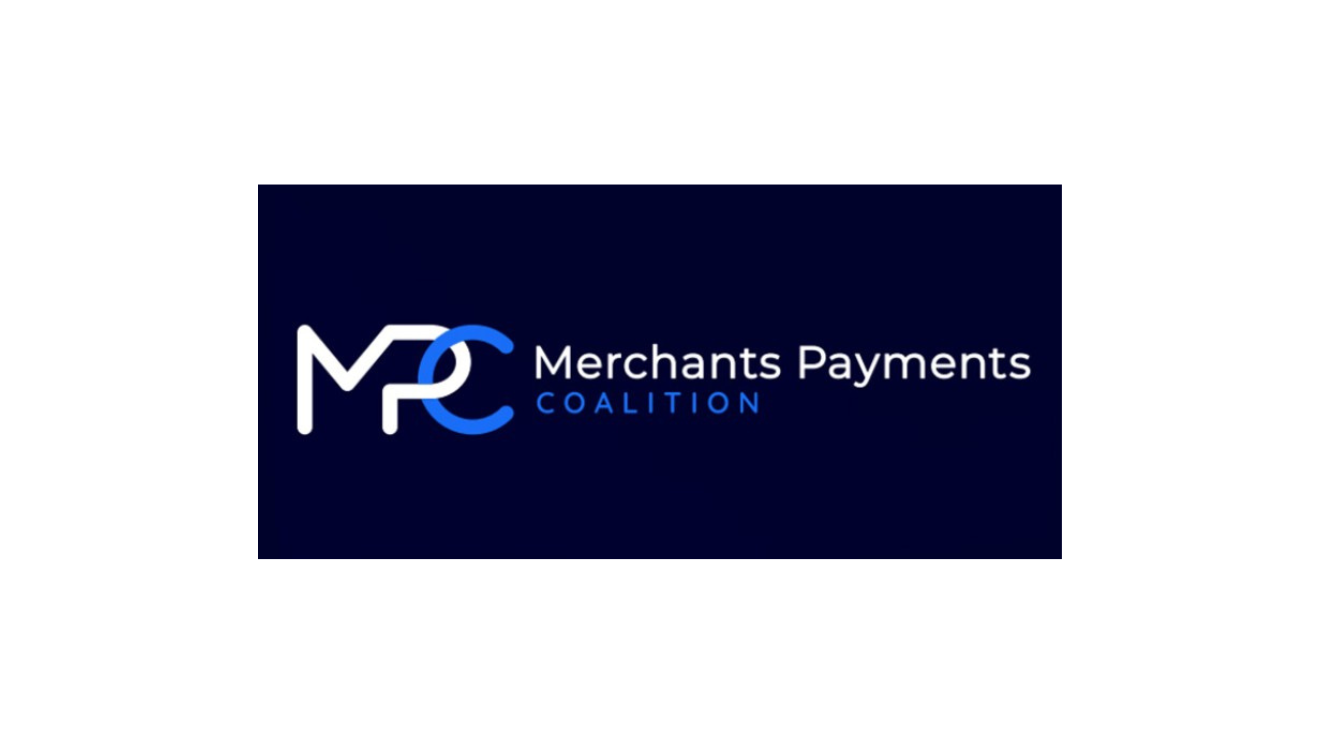WASHINGTON, DC (August 7, 2025) – The Merchants Payments Coalition welcomed a federal judge’s ruling overturning the Federal Reserve’s 2011 regulated rate for debit card “swipe” fees on the grounds that it was set higher than intended by Congress.
“We are glad to see this well-reasoned decision,” MPC Executive Committee member and National Association of Convenience Stores General Counsel Doug Kantor said. “This case shows that banks have swiped a windfall of billions of dollars per year in debit fees from Main Street that go far beyond normal, competitive profit margins. The Federal Reserve should quickly rewrite its rules to cure this problem and reduce the inflationary pressure these fees impose on the entire US economy.”
U.S. District Judge Daniel Traynor on Wednesday, August 6 ruled in favor of the Corner Post, a North Dakota truck stop and convenience store that filed suit in 2021 saying the Fed set the regulated rate too high. The judge vacated the regulations setting the rate but placed the move on hold pending any appeal “to prevent interchange transactions from becoming a completely unregulated market.” The order does not prevent the Fed from implementing a still-pending 2023 proposal to lower the rate.
The court ruling will not take immediate effect, giving the Federal Reserve a chance to appeal the ruling, according to a report from Reuters. An appeal to the St. Louis-based 8th U.S. Circuit Court of Appeals could take months or more to resolve. Once the appeals court rules, either side will likely ask the U.S. Supreme Court to take up the case.
Under regulations established in 2011, banks that have at least $10 billion in assets and follow rates set centrally by Visa and Mastercard are allowed to charge up to 21 cents per debit card transaction plus 1 cent for fraud prevention and 0.05% of the transaction amount for fraud loss recovery.
The Corner Post lawsuit argued that the 2011 rate was set too high because a 2010 law passed by Congress required that the rate be “reasonable” and also “proportional” to banks’ costs. Under that law, the Fed was allowed to consider only banks’ incremental costs but the Fed instead took into consideration fixed costs, fraud losses, transaction monitoring and network processing fees.
A Fed proposal released in 2023 would lower the base amount to 14.4 cents and the amount for fraud loss to 0.04% but would increase the amount for fraud prevention to 1.3 cents. MPC said last year that the proposal didn’t go far enough because it would lower the amount banks can charge by less than a third even though banks’ average cost of processing a transaction has fallen by nearly 50% – from 7.7 cents just before the rate was set, to 3.9 cents as of 2021.
Debit card swipe fees averaged about 45 cents per transaction before the regulated rate was set, and merchants have saved an estimated $9 billion a year. Studies show 70% of the savings has been shared with consumers, largely by holding down inflationary price increases.
Even with the savings, debit card swipe fees cost merchants and their customers $38.7 billion in 2024, according to the Nilson Report. Credit and debit card swipe fees together totaled a record $187.2 billion in 2024 and have more than doubled over the past decade. The fees are most merchants’ highest operating cost after labor, driving up consumer prices by nearly $1,200 a year for the average family.
NSGA is a member of the Merchants Payments Coalition.
Topics
Judge Daniel Traynor The Corner Post Federal Reserve Doug Kantor Swipe Fees Merchants Payments Coalition Visa Mastercard



 Back
to News
Back
to News
